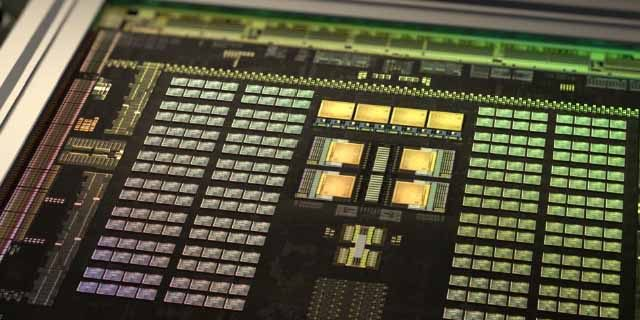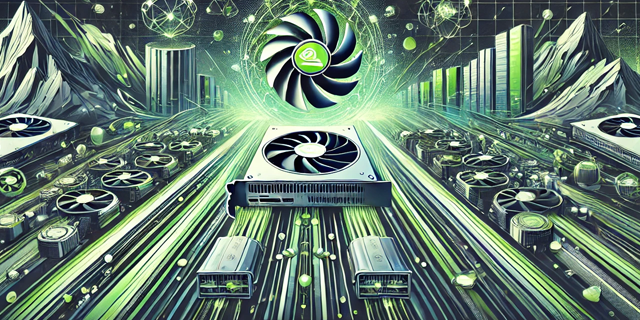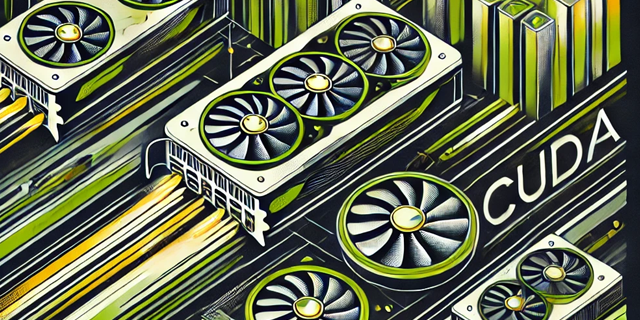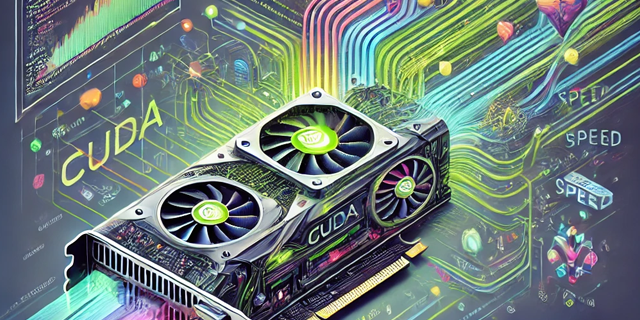
The FireCuda 530 is a high-performance NVMe SSD developed by Seagate, designed to cater to gamers and professionals who require rapid data access speeds. Launched in 2021, it utilizes the PCIe Gen4 interface, allowing for impressive read speeds of up to 7,300 MB/s and write speeds of up to 6,900 MB/s. This SSD is built with advanced 3D NAND technology, which enhances durability and storage capacity while maintaining efficiency. The FireCuda 530 also features a robust thermal management system to prevent overheating during intense workloads. Its introduction marked a significant advancement in storage solutions, particularly for applications demanding high-speed data transfer, such as gaming, video editing, and 3D rendering. **Brief Answer:** The FireCuda 530, launched by Seagate in 2021, is a high-performance NVMe SSD that utilizes PCIe Gen4 technology, offering exceptional read/write speeds and advanced thermal management, making it ideal for gamers and professionals requiring fast data access.
The FireCuda 530 SSD offers several advantages, including high-speed performance with PCIe Gen4 technology, which significantly enhances data transfer rates and reduces load times for gaming and applications. Its durability is another plus, as it features a robust design that can withstand heavy usage, making it ideal for gamers and content creators. However, there are some disadvantages to consider. The FireCuda 530 tends to be more expensive than traditional SATA SSDs, which may not be justifiable for users with basic storage needs. Additionally, while it provides excellent performance, the benefits may not be fully realized in systems that do not support PCIe Gen4, limiting its potential for some users. In summary, the FireCuda 530 SSD excels in speed and durability but comes at a higher price point and may not be necessary for all users.


The FireCuda 530, while celebrated for its high performance and speed, faces several challenges that users may encounter. One significant issue is its compatibility with certain older motherboards and systems, which may not fully support the PCIe 4.0 interface, limiting its potential. Additionally, the drive can generate considerable heat during intensive tasks, necessitating adequate cooling solutions to maintain optimal performance and longevity. Users may also find the price point higher compared to traditional SSDs, making it a less accessible option for budget-conscious consumers. Lastly, as with any high-performance storage solution, there is the risk of data loss if proper backup practices are not followed. **Brief Answer:** The FireCuda 530 faces challenges such as compatibility issues with older systems, heat generation requiring effective cooling, a higher price point compared to traditional SSDs, and the need for diligent data backup practices to prevent loss.


If you're looking to find talent or assistance regarding the FireCuda 530, a high-performance NVMe SSD from Seagate, there are several avenues you can explore. Online forums and communities dedicated to gaming and PC building often have knowledgeable members who can provide insights and troubleshooting tips. Additionally, tech support from Seagate itself can offer expert guidance on installation, performance optimization, and compatibility with various systems. Social media platforms and professional networks like LinkedIn can also connect you with IT professionals and enthusiasts who have experience with the FireCuda 530, making it easier to gather information or seek help. **Brief Answer:** To find talent or help about the FireCuda 530, consider visiting online tech forums, reaching out to Seagate's customer support, or connecting with professionals on social media platforms like LinkedIn.
Easiio stands at the forefront of technological innovation, offering a comprehensive suite of software development services tailored to meet the demands of today's digital landscape. Our expertise spans across advanced domains such as Machine Learning, Neural Networks, Blockchain, Cryptocurrency, Large Language Model (LLM) applications, and sophisticated algorithms. By leveraging these cutting-edge technologies, Easiio crafts bespoke solutions that drive business success and efficiency. To explore our offerings or to initiate a service request, we invite you to visit our software development page.



TEL:866-460-7666
EMAIL:contact@easiio.com
ADD.:11501 Dublin Blvd. Suite 200, Dublin, CA, 94568